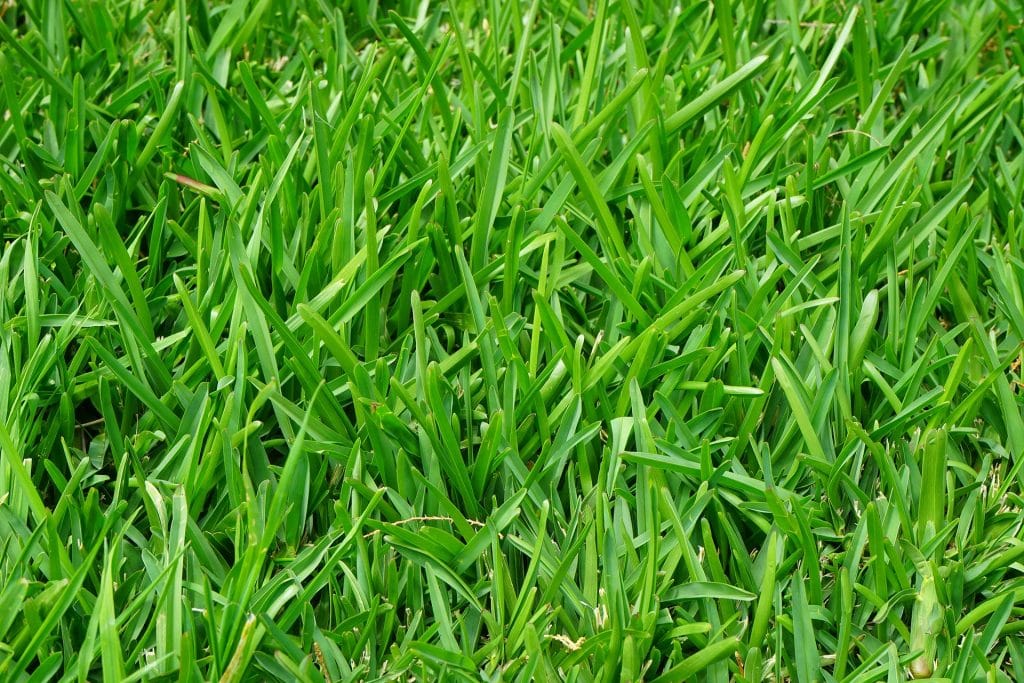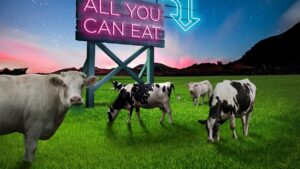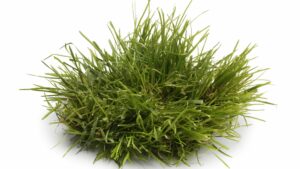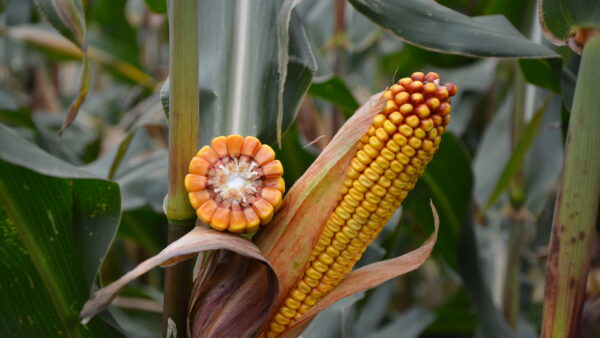We are slowly climbing up the scientific agricultural ladder, and each step brings us a little closer to the perfect forage grass. Even though everything is well planned with ambitious breeding goals, we still get astonished by the progress and our steps forward.
In pursuit of better grasses
The importance of high-quality feed has become clearer to every farmer dealing with meat and milk production. For a long time, it has been a well-known fact that an increase of digestibility of 1% evidently results in an increase of one quarter litres of milk per day per cow.
There are several factors that promote forage quality. Some are more prone to environmental changes than others. Sugar content as an example, fluctuates both with changing light and with changing temperatures because it is the most labile form of energy the plant can mingle with. Other factors are less dependent upon environmental cues but just as important. These are the structural components of the cell wall and represent the immobile form of energy. These components hold the key to improved digestibility and to more milk in the bucket.
Inside the cell we find protein, crude fat, fructan, and sugars, all of which have a constant and high digestibility near 100%. Digestibility of these factors cannot be increased, and they may fluctuate according to climatic conditions such as fertilization, drought, rain, sunlight, etc.
In order to increase forage digestibility, we need to focus on the cell wall. While cell walls are differently organized from one grass species to another the total composition does not vary to the same degree as other factors. The cell wall is composed of three primary components, which are cellulose, hemicellulose and lignin. Lignin is indigestible and will increase with age. Cellulose- and hemicellulose content as well as their crosslinking to lignin can however be altered though breeding for improved cell wall digestibility. Overall feeding value is increased, the ruminant obtains more energy from the same amount of feed and more feed can be taken up.
In our early screenings, we discovered varieties in our portfolio with a lower degree of fibers cross-linked with lignin. Now we have been able to take these varieties to the next level using traditional breeding methods but also new techniques such as genomic selection. Screening DNA sequences for all its features helps us to cut off several years in the breeding process.
DLF Fiber Energy
Testing and analysing superior lines in our labs and greenhouses is one thing, but what´s more important is real life experience, growth environment, and farmer awareness. For this reason, we distribute our high-digestible grasses widely to gain more knowledge under the brand DLF Fiber Energy grasses.
The awareness and communication between agricultural professionals are important. Some like to talk about DNDF, dNDF, FK NDF, etc. but overall, we talk around the same trait, and for that reason we are labelling our high digestible grasses with the mark “DLF Fiber Energy”. The name is easy to decode, and almost self-explanatory – you get more energy from fibers.
Only grasses, which are highly digestible, will qualify for the “DLF Fiber Energy” stamp and we sincerely hope this will help farmers increasing their meat and milk production.









